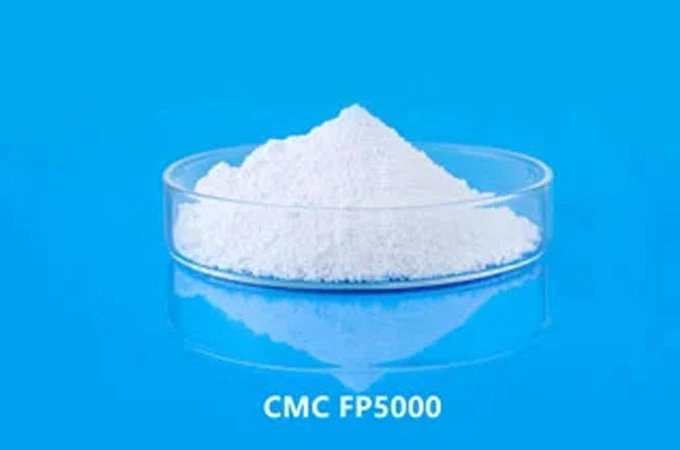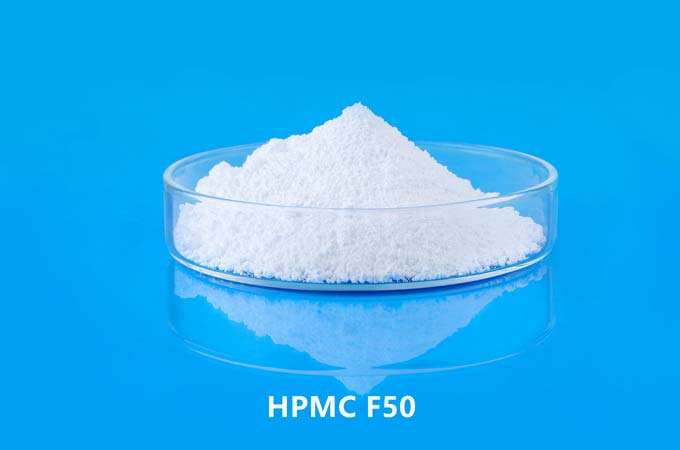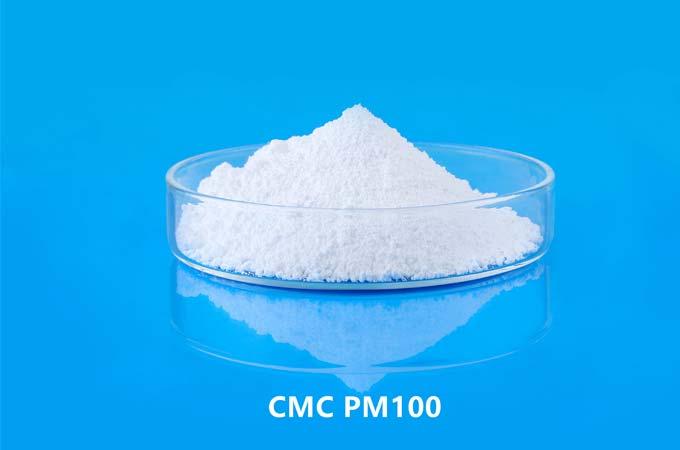PAC (Polyanionic Cellulose) is a water-soluble cellulose derivative widely used in the oil and gas drilling industry, especially in the preparation of drilling fluids (also known as mud). It is an efficient and environmentally friendly mud treatment agent with excellent rheological adjustment ability, inhibition performance and filtration control function.
1. Basic characteristics of PAC
PAC is a high molecular polymer made by introducing anionic groups (mainly carboxymethyl) into natural cellulose through etherification reaction. According to the degree of substitution and degree of polymerization, PAC can be divided into high viscosity type (PAC-HV) and low viscosity type (PAC-LV). PAC has good water solubility, thermal stability and chemical stability, and can maintain its performance in fresh water, salt water and even saturated salt water environments.
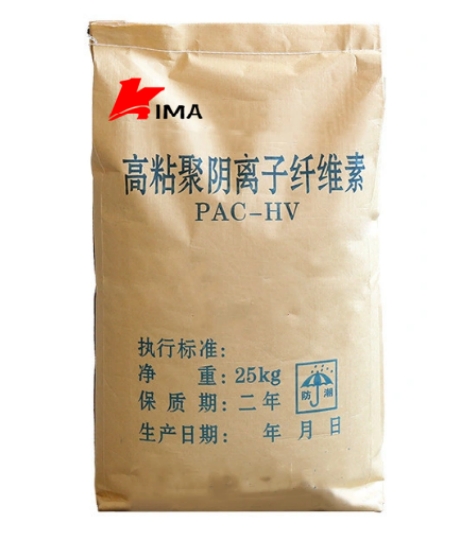
2. The role of PAC in drilling fluid
2.1. Control filtration loss
The main role of PAC is to significantly reduce the filtration loss of drilling fluid. It can form a dense filter cake layer on the surface of the well wall or hole wall, preventing the water in the drilling fluid from penetrating into the formation, thereby protecting the formation structure, avoiding well wall collapse, and reducing the pollution caused by mud invading the reservoir. This is particularly important for protecting oil and gas layers.
2.2. Improve the rheological properties of drilling fluid
PAC can improve the viscosity and shear properties of drilling fluid, enhance its ability to carry drill cuttings, and prevent the formation of bottom sediment during drilling. Especially under high temperature and high pressure conditions, PAC can still maintain good rheological adjustment properties, making the drilling fluid more stable.
2.3. Inhibit hydration and expansion of shale
During the drilling process, if a shale layer containing a large amount of bentonite is encountered, water molecules entering the shale layer will cause the shale to expand or even peel off, and in severe cases, it will cause the well wall to collapse. The molecular structure of PAC has a certain coating and hydration inhibition effect, which can effectively reduce shale expansion and improve well wall stability.
2.4. Strong salt resistance
Since PAC molecules contain anionic groups, their solubility and performance in salt water or saturated salt water are still good, so they are suitable for offshore drilling or drilling projects in high-mineralization formations.
2.5. Environmentally friendly and non-toxic
Compared with some traditional mud treatment agents, PAC is non-toxic, non-corrosive, and does not pollute the environment. It is a chemical additive that conforms to the modern green environmental protection concept.
3. Application effect of PAC
After adding an appropriate amount of PAC to the drilling fluid system, the following effects can be clearly observed:
The filtration loss is reduced and the well wall stability is enhanced;
The quality of the mud cake is improved, forming a dense and highly adherent mud cake;
The drilling fluid stability is enhanced, and it is not easy to deteriorate after long-term standing or high temperature;
Improve the rheological properties of the mud and improve the ability to carry drill cuttings;
Reduce complex accidents downhole, such as stuck drill, well collapse, etc.
These advantages significantly improve the drilling efficiency, reduce the non-production time caused by complex formations, unstable well walls and other problems during drilling, and thus reduce drilling costs.
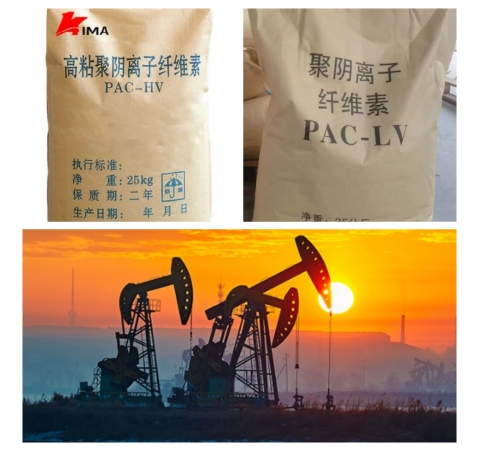
4. Precautions for use
Although PAC has many advantages, it is also necessary to pay attention to the following in actual use:
4.1. Control the amount of addition
The amount of PAC used is generally 0.2%-1.0%. Excessive addition may lead to excessive viscosity of the drilling fluid, increase pump pressure and energy consumption, and affect operating efficiency.
4.2. Compatibility with other additives
Attention should be paid to the compatibility of PAC with other drilling fluid additives to avoid adverse reactions such as precipitation and flocculation that affect mud performance.
4.3. Temperature stability evaluation
Although PAC has good thermal stability, it is still necessary to conduct thermal stability tests or select modified PAC products when applied in ultra-high temperature formations (such as above 150°C).
As a high-performance and multifunctional drilling fluid treatment agent, PAC plays an important role in modern oil and gas drilling. It can not only effectively control filtration loss and improve wellbore stability, but also improve mud rheology and enhance drilling safety and environmental protection. With the continuous development of drilling technology and the improvement of environmental protection standards, the application prospects of PAC will be broader, and its modified and upgraded products will play a greater role in more severe environments such as high temperature, high pressure, and complex formations.
 English
English 日本語
日本語 français
français Deutsch
Deutsch Español
Español italiano
italiano русский
русский português
português العربية
العربية Türkçe
Türkçe Nederland
Nederland


